Patterning is one of my favourite things to teach in kindergarten. I find students are quick to pick up the concept and the lessons and activities are so much fun!
We usually start earlier on in the school year and review many concepts (as well as introduce more complex patterns) in Term 2.
Whole Group Lessons
I like to start by introducing patterns by playing a fun game using these Rhythm/Sound cards. I clap, snap, stomp or pat a pattern over and over and I ask the kids to chime in. Then we talk about the part of the pattern that repeats. Once students catch onto the game (which is pretty quick!) I choose a student to come up, pick a card and create that pattern while the class guesses what it is.
Another whole group lesson I like to do early on in this unit is to show the class the "Patterns at the Beach" picture, where they can come up and circle all of the patterns. We discuss why it is a pattern and talk about how the pattern repeats (blue/white stripes for example).
I created these pattern posters to show students that patterns don't always have to be just about colour! We see patterns in shapes and sizes too! Usually I am wearing a shirt that has some kind of pattern in it (like stripes!) and they are quick to point that out. We also play lots of pattern games with our students:
- girl/boy
- white shirt/blue shirt
- stand up/sit down
...and even a little more challenging would be to create those patterns using the pattern rule ABC, AAB, etc. and see if students can catch on.
When we introduce the idea that patterns follow rules and we can label the rules, I show them these posters and have students come up and circle them. We introduce the words "Pattern Core" and label it.
I like to create a variety of patterns using this template on my Bright Links board. Then I have students extend it. I also leave it up on the board for students to create their own following the rule.
Once students are familiar with the concept that a pattern must repeat and follow a rule, we sort out these colour cards.
I like to use a pocket chart for this lesson but you can also easily set this up on the floor or table top for students to work on.
There are so many wonderful online games to practice patterning. After showing students a few different ones, I leave this paper where they can scan the QR code with the iPad or type the website onto the computer.
Provocations
I like to leave a lot of provocations out around the classroom for students to explore. Many people have asked me how these work. I have students freely choose what they would like to explore. Some are open ended and others may require students to record their work.
I know other teachers that use these materials as centres and have students rotate through each during the week. Try different ways in your classroom and see which one works better for you. At the Light Table, I set up a variety of patterns (these are photocopied onto transparency paper) along with loose parts which can be anything from coloured glass beads, erasers, buttons, toothpicks, etc. (many of which you either have around your house or can buy inexpensively at the Dollar Store).
Also using loose parts, students can create their own pattern on these mats.
I ask them to record their patterns either by drawing them on paper (which is set up on clipboards right on top of the back shelf) or by taking pictures using the iPad which I can later create a PicCollage.
Can you follow the pattern rule and use beads to make a pattern? This is easy to set up - just grab coloured pony beads and pipe cleaners to turn them into flowers.
I made these pattern strips for students to create different patterns and left them at the Math Centre. If you notice that students don't necessarily gravitate towards them, show them how they can be turned into bracelets and even exchanged with a friend!
Most classrooms have these coloured bears - they come in 6 colours and 3 sizes. I left out these bear pattern cards (attached to a ring to easily store) for students to complete the pattern.
If you have coloured links, students can create patterns following the rule.
This activity can be used both as a provocation or as a small group mini lesson. Students can look at the pattern on the card and sort them under the correct header.
Linear patterns are always fun! I set up Popsicle sticks, toothpicks, and straws to have students form patterns in different ways. If you can, take students outside on a walk around the school or community and look for linear patterns....fences, gates, walls, etc.
Small Group Mini Lessons
Students can create a pattern booklet. I have actually included 3 different books (including the one you see below using bingo daubers). These booklets are a great assessment tool as you can have students create a variety patterns independently.
You can easily set this up as a provocation; however I like to use it with a small group of students at a time (just to keep the area a little more mess-free!). Using cookie cutters and large strips of cut up paint paper, students can create their own pattern. You can even give them the entire paint paper and as them to create multiple patterns. If you don't want to use paint, this activity can easily be substituted for Playdough.
Another great assessment tool is to use these cards to see if students are able to read the pattern rule and create their own. If that is still a little difficult, you can start the pattern for them and have them extend it. Or create the pattern, cover up the pattern rule and see if they can identify what type of pattern it is.
There are 6 coloured cards (around the border) so that you can have a group of up to 6 students work with you. The cards packs are all different (the green border ones you see below focus on making colour patterns or example).
These red border cards focus on creating patterns by size.
I find any activity that allows students to use a dry-erase marker is loved. We put these "What's Missing?" worksheets in a page protector and had students complete the pattern.
When we are wrapping up our unit, I like to play "Pattern Core Bingo" with my small group. I read out a pattern core and students must be able to identify the pattern (if they have it!) on their card. The first one to have a completely covered card wins!
Looks easy but it's actually a little tricky!
Patterns include AB, ABC, AAB, ABB, ABCD and AABB.
This huge unit also containers 2 weeks (10 days) worth of detailed lesson plans including what you might want to teach to your whole group and follow up small group lessons.
I just posted my Patterning in Kindergarten pack on TpT if you'd like to see more!



































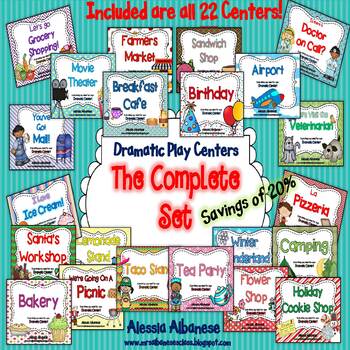
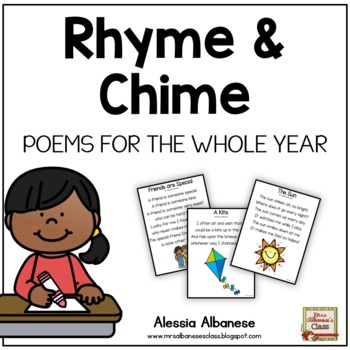
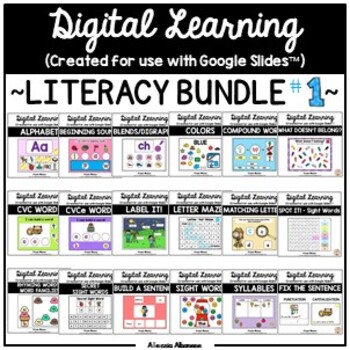
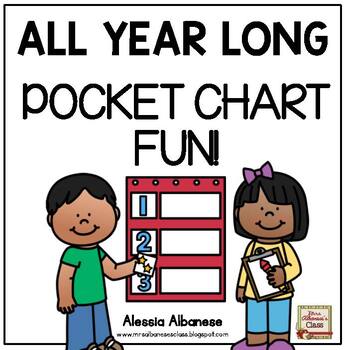

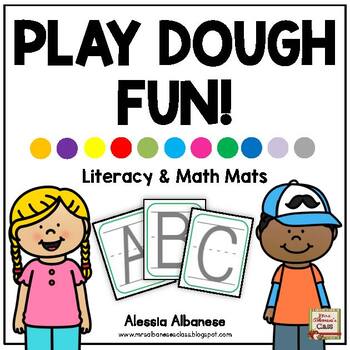

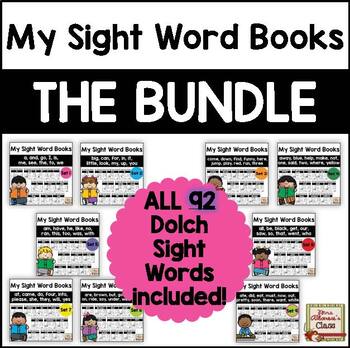

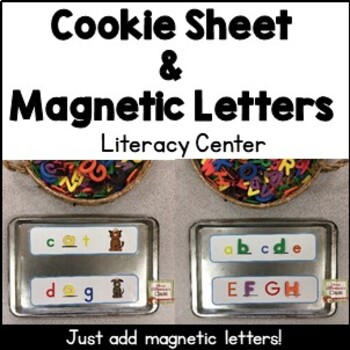

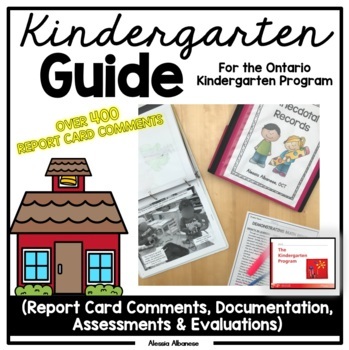




No comments
Thank you for visiting my site today. I love to hear comments and questions. If you read something that you want me to discuss with you via email, you can use the comment form at the top of my page.